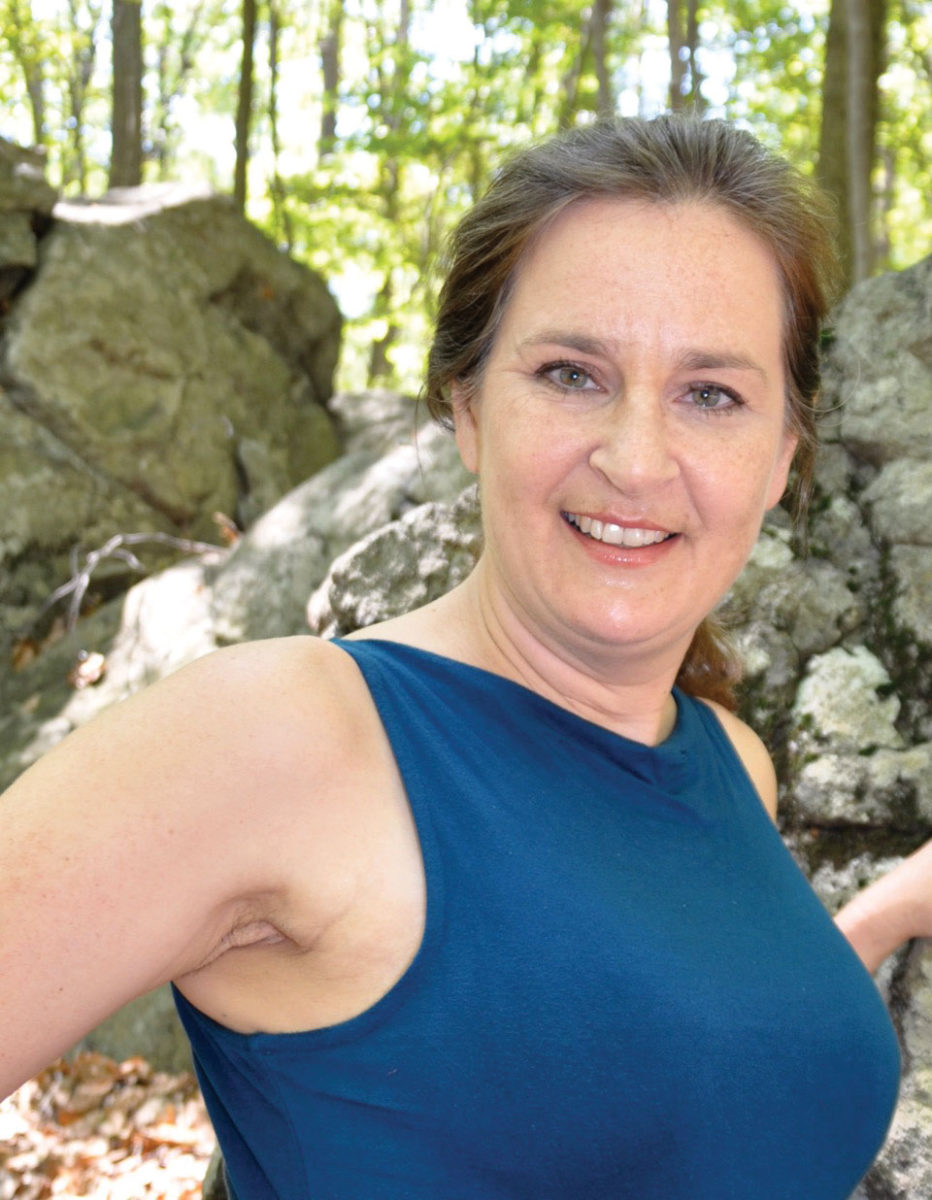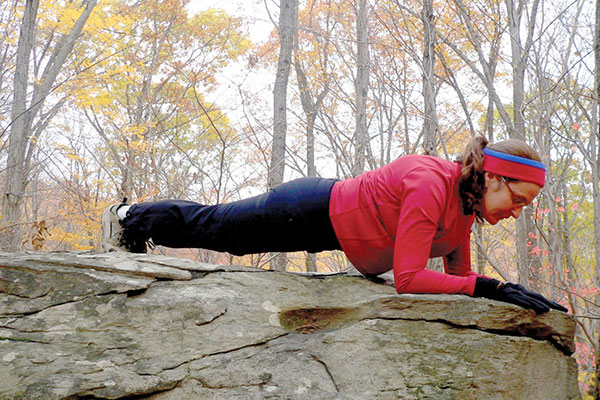Get Moving Again
How to Make Exercise a Regular Part of Your Life after a Cancer Diagnosis
by Julie Goodale
By now, everyone knows they should exercise, right? We’ve heard about the health benefits: reduced risk of heart disease, diabetes, cancer, and other diseases; weight control; and improved energy and mood. Research has shown that regular, moderate exercise after a cancer diagnosis can help manage the side effects of treatment, reduce fatigue, boost our immune systems and our mood, and possibly even reduce our risk of recurrence. But getting back to regular exercise if you’ve become de-conditioned after surgeries or treatments – or starting to exercise if you’ve never been an exerciser – is not always easy.
When I was diagnosed with breast cancer in 2001, I continued exercising throughout my treatment and beyond. Certainly, I couldn’t always work out with the same intensity or duration – I had to make lots of adjustments based on my physical condition. But it was important for me to stay active because I enjoyed it, and it made me feel better.
Lots of stumbling blocks – both emotional and physical – can get in the way when you’re trying to start exercising again after cancer.
In the years since, I’ve climbed mountains, run ultramarathons, skied, hiked, and windsurfed. However, a couple of persistent injuries, and spending more time with my aging parents in the past year or two, left me woefully out of shape. My body no longer felt the way it used to. I struggled to get back into regular exercise. My recent experiences got me thinking again about ways to help make exercise a part of one’s life. Lots of stumbling blocks – both emotional and physical – can get in the way when you’re trying to start exercising again after cancer. You should first talk to your healthcare provider to make sure it is safe for you to exercise, and to find out if there are any activities or exercises you should avoid. Here are some tips to help you overcome those blocks and get moving again.
• Stand in the place where you are.
I’m borrowing a line from an old R.E.M. song to illustrate the idea of being present. This is where you are now. Don’t compare yourself to what you could do ten years ago, or even six months ago. Don’t compare yourself to your husband, your wife, your neighbor, or the person next to you at the gym. Do what is right for you – what your body is capable of today. And remember, this is just your starting point.

• Get into the habit of moving more.
We all have habits – good and bad. But habits can be changed. You can start forming an exercise habit by building extra movement into your day. Don’t think of it as exercise. Think of it as movement. Get back into the habit of moving; make it a conscious choice until it becomes second nature. For instance, if you’re working at your desk, get up every 15 minutes to stretch or to walk across the room. Park your car a few rows away so you have to walk farther to get where you’re going. Take the stairs. Do bicep curls or overhead presses with the milk carton a few times before putting it away. Walk a couple blocks before you hail a taxi. Use commercial breaks to get up and walk around your living room when you’re watching TV.
• Start small.
Often, just getting started is the hardest part. There are always so many reasons not to exercise: too tired, busy, no time. Tell yourself all you have to do is five minutes, a very manageable amount of time. You’ll usually end up doing more than five minutes. But, if all you can do is five, you’re still building a good habit.
• Climb the mountain one step at a time.
This isn’t just a nice aphorism. I climb mountains; this is how it’s done. You don’t run the steepest section or try to do it all at once. Instead, you start at the bottom, and you slowly make your way up – one step at a time. Surgeries and treatments change our bodies. Accept that fact, and start at an appropriate level for where your body is right now. You should feel like you’re doing something, but not completely exhausting yourself. This is not the time to jump into a new, super intense workout! As you start feeling stronger, increase your exercise gradually. Increase either the amount of time or the intensity of the exercise slightly, but not both at the same time. Then give your body time to adjust to the new level before making more increases.
• Ask for help.
If you have physical limitations that cause you trouble when doing certain exercises, talk to a good trainer about appropriate modifications. For instance, start off with pushups against a wall or a sturdy countertop if pushups on the floor are too difficult. At various times in our lives, we all need to make adjustments to how we exercise. A good trainer with experience working with cancer survivors can help you figure out the best way for you to safely work out.
Get back into the habit of moving; make it a conscious choice until it becomes second nature.
• Make a playdate.
Why should playdates just be for children? Plan an active outing with a friend – perhaps a nice walk before stopping in for coffee. Having a companion can keep you motivated and accountable. Making it a regular event can help you build a good exercise habit while also giving you a chance to spend time with a friend.
• Be accountable.
Whether it’s a regular active date with a friend, checking in with a trainer, or simply keeping an exercise log or calendar, be accountable. It’s a little reinforcement to help you stick with it.
• Formulate a plan.
Set a goal. Once you’ve gotten back into the habit of exercise, set your sights on a goal. Big or small, goals help us stay motivated. Do you want to toss a baseball with your granddaughter? Run a 5K? Ride a bicycle through Southern France? Walk to your mailbox? Whatever it is, come up with a plan for how you’ll get there – in small, incremental steps. (Again, a trainer who has experience working with cancer survivors can help you break your goal down into appropriate steps.)
• Have fun!
You’re more likely to stick with something that’s fun, so choose activities that you enjoy. If you hate walking on the treadmill, don’t do it. Find some other activity that gets you moving. Go for a bike ride. Dance. Whatever you choose, enjoy yourself.

Julie Goodale is an American College of Sports Medicine–certified personal trainer and cancer exercise specialist. She offers private training in the Hudson Valley and New York City areas of New York and provides online fitness information and training specifically for the cancer community at Life-Cise.com.
This article was published in Coping® with Cancer magazine, July/August 2018.


